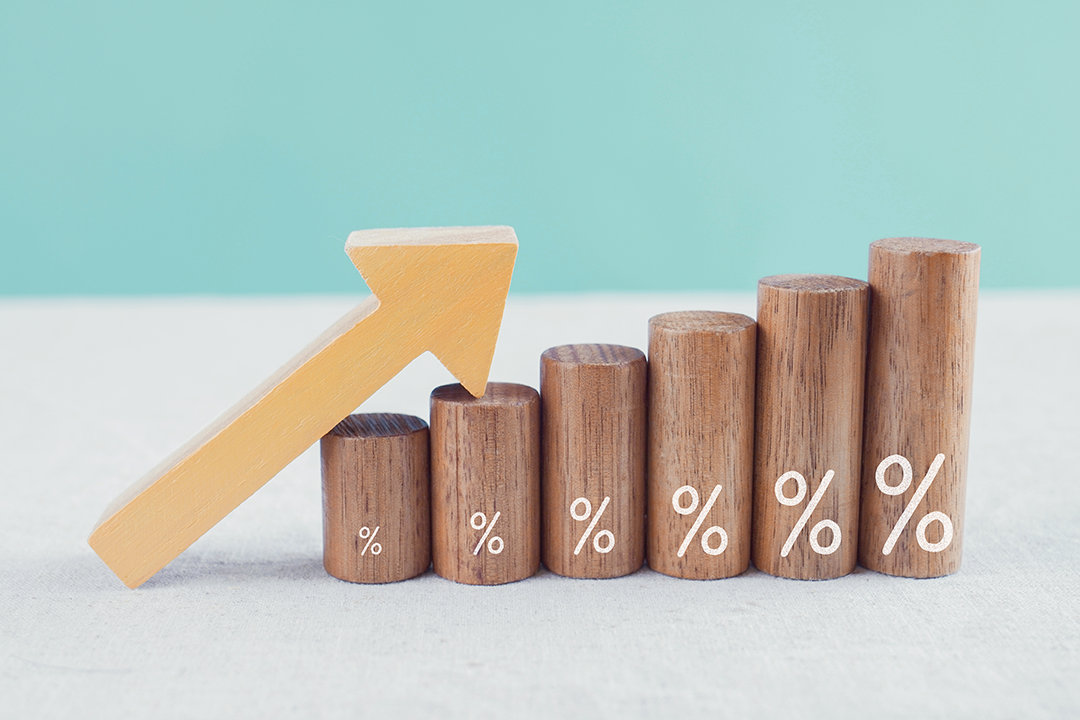

Expect another positive day for stocks as Wall Street optimists are trying to get up off the floor and start to get stock market buying going again. It worked yesterday, with our market using the Dow Jones surge on Friday of 748 points (or 2.47%) to push the S&P/ASX 200 up 1.54% on Monday.
Market optimists were given a boost from a surprise revelation from Goldman Sachs that the US just might dodge the recession too many economists and investors think is a foregone conclusion.
By the way, I bet the Fed chairman Jerome Powell thinks he’s a chance to avoid a recession but he has implied beating inflation down is his highest priority goal. If a shallow recession results, he has also implied that this might be the price for stopping runaway inflation that will force up interest rates so high that we end up in a recession like the one of 1990-91.
That’s when home loan interest rates in Australia hit 17% and led to a recession where unemployment topped 11%!
This is how the RBA explains why that recession happened: “The early 1990s recession mainly resulted from Australia’s efforts to address excess domestic demand, curb speculative behaviour in commercial property markets and reduce inflation. Interest rates were increased to a very high level because the transmission of tighter monetary policy took longer than expected to put downward pressure on demand and inflation. At the same time, countries in other parts of the word, in particular the United States, also entered recession, compounding the effect of tighter monetary policy in Australia. (The unemployment rate peaked at just over 11 per cent).”
In trying to beat inflation, central banks, which were unused to a deregulated financial system, were too slow and not aggressive enough in raising interest rates and they failed to beat inflation. That’s why home loan interest rates went to 17% and even higher for some unlucky borrowers.
It also explains why Jerome Powell and Dr Phil Lowe have gone hard on interest rate hikes. But while most economists think we’ll avoid a recession, many expect a recession in the US is a certainty.
However Goldman Sachs overnight has argued the US could end up with a “soft landing”, which would be slow growth but not negative recession-like growth.
According to CNBC, Goldman Sachs says “the Federal Reserve still stands a 65% chance of keeping the economy out of a recession while bringing inflation back down to sustainable levels.”
This is what Goldman Sachs economist David Mericle has sent out to clients: “The odds that a recession will prove necessary have fallen a little because the first two steps of the required adjustment — slowing GDP growth to a below-potential pace and rebalancing supply and demand in the labor market — have gone remarkably well so far.”
Meanwhile, Joseph Briggs, another economist at Goldman Sachs, separately said the following: “So far, slowing growth and rebalancing the labor market is going better than expected… [and] industry-level data strongly suggests that the path to a soft landing assumed in our baseline economic forecast is possible.”
This comes hot on the heels of a Wall Street Journal report that some Fed officials think it’s getting close to pause-time for interest rate rises from the US central bank. This would help the case that a recession is not a certainty.
But wait there’s more.
Investment banker firm Stifel is jumping on the optimists bandwagon with CNBC headlining with this story: “Stifel says the S&P 500 will rally 15% over the next six months as inflation cools.”
How does this happen? Stifel’s strategist Barry Bannister says it depends on no recession occurring during the first half of 2023 and the Federal Reserve refraining from upping the 10-year TIPS yield. Also, the S&P must outperform the commodity index.
Don’t worry if you don’t understand TIPS or the Treasury Inflation-Protected Security, because Barry Bannister of Stifel does!
“On the bullish side, we note that fighting history is like fighting the Fed, and cumulatively for 60 years the S&P 500 return is almost nil the 6 months May-October while the next 6 months (November-April) provide almost all cumulative return,” he said.
This guy and the Goldman guys could be right, or they could be wrong but they’re not crazy. And it’s why I keep arguing that when inflation falls, the Fed will stop raising rates and stocks will take off.
The big dates to watch are 4 November for the next US jobs report that can be important for inflation guessing and then 10 November, when the next US inflation reading is released.
If it shows a nice drop, stocks will spike. And if another good number pops up in December, we could see the mother of all Santa Claus rallies!
(Check out last night’s TV show for how I show you the good, the bad and the ugly way of playing this eventual stocks’ surge. https://www.youtube.com/channel/UCbzy75ul0j64m2s_L--i1gA )